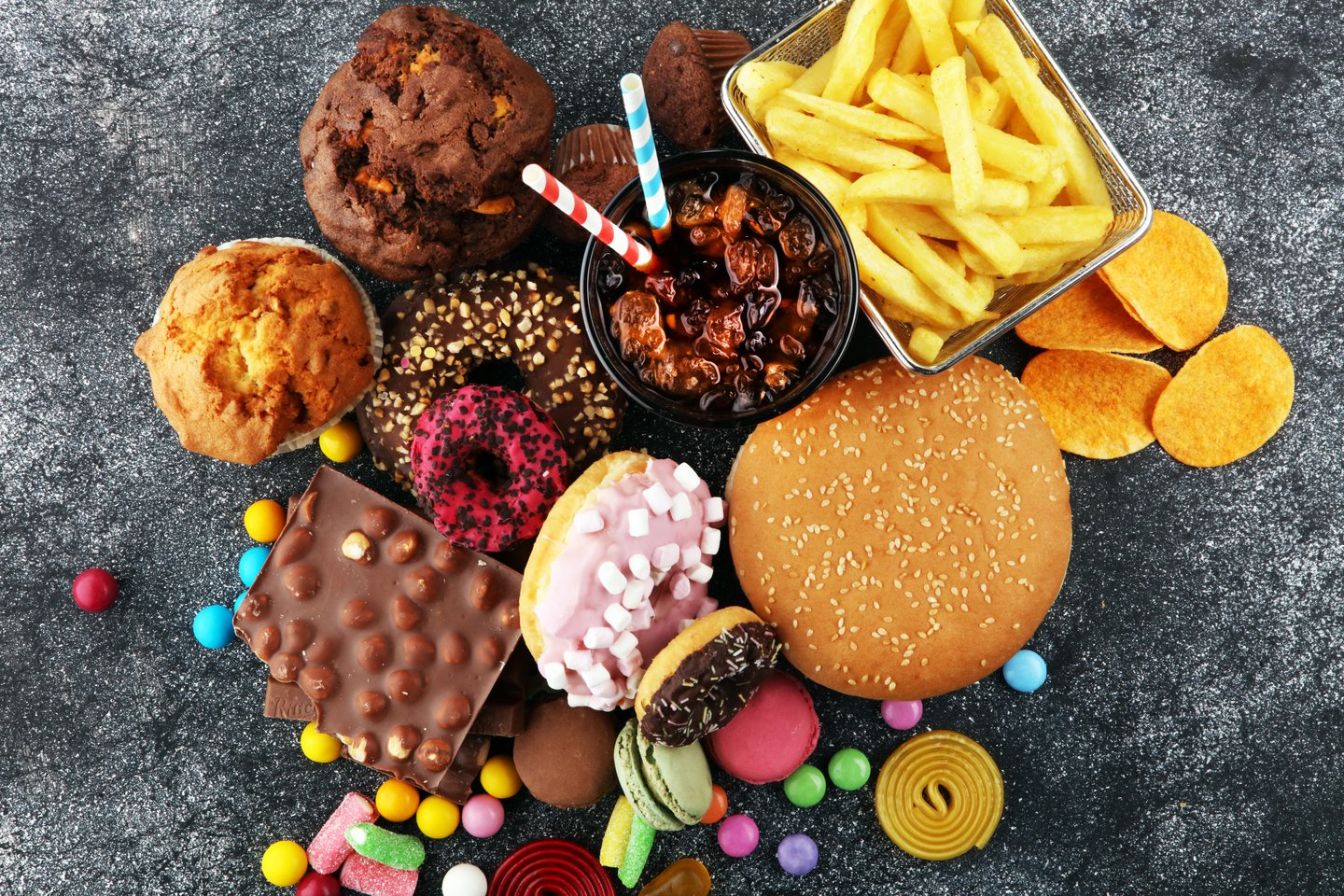The food we eat in the Ozempic era
The phenomenon of GLP-1 drugs, exemplified by the widespread use of Ozempic, is revolutionizing societal attitudes toward health and dietary habits. A new study conducted by Dalhousie University's Agri-Food Analytics Lab and Caddle reveals that between 900,000 and 1.4 million Canadians have incorporated these medications into their daily routine. This trend mirrors a broader North American movement, with projections indicating that up to 30 million adults in the United States may be using GLP-1 drugs by 2030.
The survey highlights a diverse user demographic, with a slight male majority (11% compared to 10% for women) and millennials leading at 12%. Ontario has the highest usage rate in Canada at 13%, while Prince Edward Island has the lowest at 4%. Most users (79%) have been on these drugs for more than three months, indicating a significant reliance on them.
The primary reasons for usage are managing type 2 diabetes (57.2%) and seeking weight loss (27.2%). This reflects a complex interplay between health needs and body image goals. The impact on dietary choices is particularly notable, with 45.5% of users reporting reduced food intake, especially high-calorie items. The largest declines are seen in sweet bakery goods, candies, and carbonated soft drinks, suggesting a shift in eating patterns that challenges traditional food industry sectors.
READ: Weighing the threat of Ozempic on snack sales
This data paints a picture of a society grappling with the balance between health pursuits and the convenience of quick solutions. The GLP-1 trend is not just a medical story but a narrative with rich social, economic, and ethical dimensions.
The ripple effects of GLP-1 drugs extend beyond individual health, signaling a revolution in consumer eating habits. With 45.5% of users eating less overall and specific declines in indulgent food categories, this shift is reshaping the food landscape. The survey details a 30.6% reduction in sweet bakery goods consumption, a 30.4% drop in candy, and a 29.7% decrease in packaged cookies among GLP-1 users. Even carbonated soft drink consumption has fallen by 28.8%, highlighting a move toward healthier beverage choices.
The impact of GLP-1 drugs extends beyond food consumption to include significant changes in alcohol intake and dining habits. The survey reveals that 19.2% of GLP-1 users have reduced their consumption of alcoholic beverages, suggesting a broader trend towards healthier lifestyle choices that encompass both food and drink.
For the restaurant industry, the ramifications are considerable. The data indicates that 21.6% of GLP-1 drug users are dining out less frequently, while 16.4% are purchasing fewer groceries. This decline in patronage poses challenges for restaurants, particularly those that rely on high-margin items like snacks and fast foods. To adapt, restaurants may need to innovate their menus to include healthier, lower-calorie options that cater to the dietary preferences of GLP-1 users, such as diabetes-friendly or weight-management dishes.
READ: Is the 'Ozempic phenomenon' a threat to the food industry?
The shift towards healthier eating and drinking habits has broader cultural implications, signaling a move away from traditional comfort foods and indulgences towards a more health-conscious approach. This presents an opportunity for the food and beverage industry to reassess their offerings and align with the evolving consumer demand for healthier options.
This transformation in food preferences signifies a deeper shift in consumer behavior, moving away from impulse buying and comfort foods toward more mindful, health-conscious eating. This has significant implications for the food industry, which must adapt to changing consumer demands and explore healthier, low-sugar, and low-fat product options.
The long-term effects on food producers and retailers are profound. The decline in demand for sugary snacks and drinks suggests a trend toward healthier products that cater to the dietary needs of GLP-1 drug users. This presents an opportunity for innovation and growth in the industry, with a focus on developing new product lines that appeal to health-conscious consumers.
The GLP-1 drug trend is reshaping the food industry, driving a cultural shift in consumer preferences toward healthier eating habits. This evolution challenges traditional food sectors and opens new avenues for innovation and adaptation in response to changing dietary trends.






